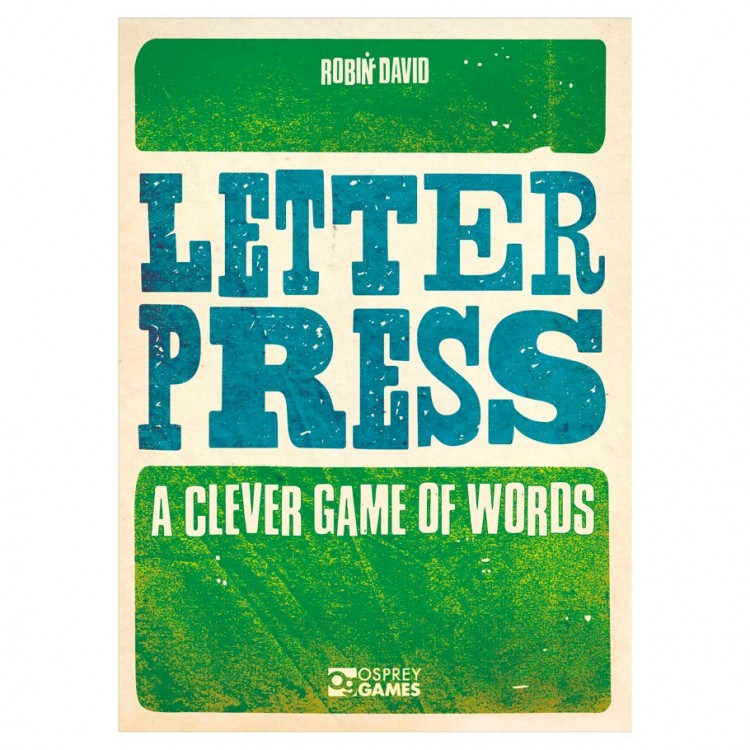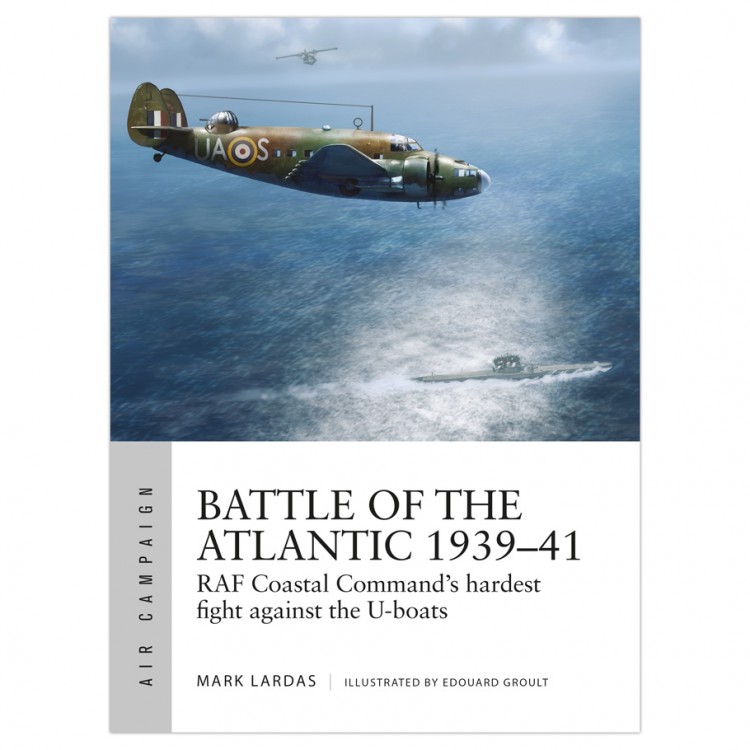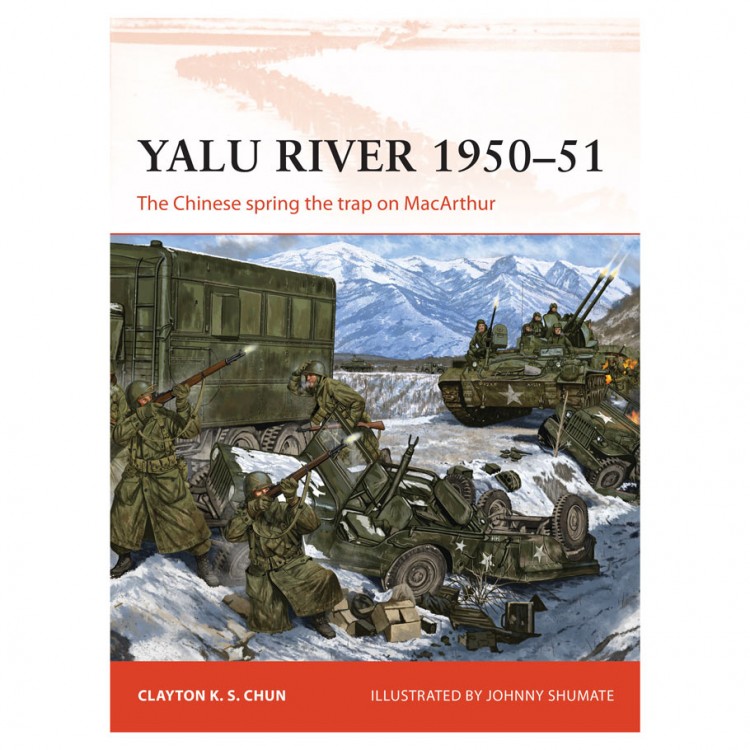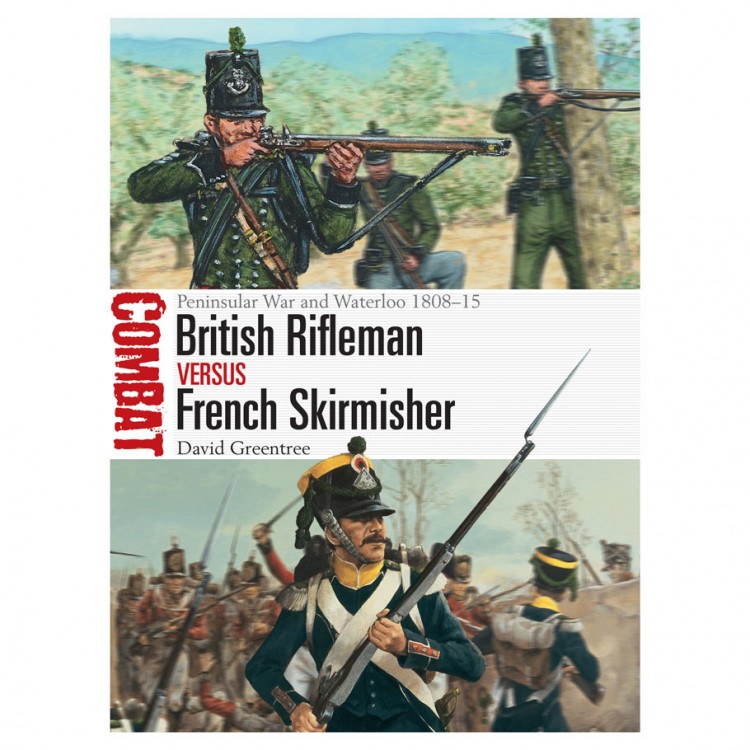Order by Date: January 18,
2020
Release Date: March 2020
|
$35.00 SRP
SDI
A mass-battle fantasy game in which players can field combined armies of humans, elves, goblins, dwarves, and more, and develop that army over the course of a campaign.
Empires have fallen, and the land is broken. The great oathmarks that once stood as testaments to the allegiances and might of nations have crumbled into ruin. In this lost age, fealty and loyalty are as valuable as gold and as deadly as cold iron, and war is ever-present.
Created by Joseph A. McCullough, designer of Frostgrave and Frostgrave: Ghost Archipelago, Oathmark is a mass-battle fantasy wargame that puts you in command of the fantasy army you’ve always wanted, whether a company of stalwart dwarves or a mixed force with proud elves, noble men and wild goblins standing shoulder-to-shoulder in the battle-line. Fight through an integrated campaign system and develop your realms from battle to battle, adding new territories, recruiting new troop types and growing to eclipse your rivals… or lose what you fought so hard to gain and fall as so many would-be emperors before you.
|
|
Order by Date: January 20, 2020
Release Date: February 2020
________________________________________________________
|
|
$21.00 SRP
SDI
Johannes Gutenberg has given us letterpress printing, but it's up to you to master it!
Compete with your rival wordsmiths to craft the most impressive words and win first pick of letters to add to your collection. Choose wisely, for you will find any you leave in the words of your opponents, and the player who uses their stored letters to greatest effect will spell victory.
Playable by up to six players, with solitaire rules pitting you against the industrious rotary printer, Letterpress offers an enticing challenge sure to appeal to gamers and word-lovers alike.
1-6 players
Ages 14+
20 minute play time
Contents:
|
|
Order by Date: January 20, 2020
Street Date: February 18, 2020
________________________________________________________
|
$24.00 SRP
SDI
In his six-volume series The Second World War, Winston Churchill wrote 'The only thing that ever really frightened me during the war was the U-boat peril.' Initially, however, everyone was surprised at the effectiveness of the submarines. Sonar proved less efficient a detection method than the British had predicted; surface attack made the U-boat invisible, especially at night; and wolf-pack tactics overwhelmed convoy escorts. Only faulty German torpedoes and the restricted number of available U-boats limited their success.
Astonishingly, Britain had the major piece of the solution to the U-Boat threat from the opening days of World War II: the anti-submarine aircraft. If it had been used assiduously and effectively in the first months of the war, Britain might have won the Battle of the Atlantic in its first year. Instead, the opportunity was missed and the Battle of the Atlantic continued until Germany's surrender in May 1945.
This title examines the role played by aircraft in the early years of the Battle of the Atlantic. Highlighting their success when employed effectively, the book follows these early operations to show how and why aircraft were initially misused. It also traces the development of technologies which made aircraft much more effective submarine-killers including radar and depth charges.
Author: Mark Lardas
Illustrator: Edouard A Groult
Softcover
|
|
$24.00 SRP
SDI
Following the Inchon landings and the breakout from the Pusan Perimeter, UN forces crossed the North Korean border on 9 October and moved on the capital Pyongyang. Many in America believed the war would be over by Christmas, but some Washington diplomatic, military, and intelligence experts continued to raise dire warnings that the People's Republic of China might intervene. Nevertheless, General MacArthur decided to push on to the Chinese/North Korean border, the Yalu River. On 25 October, Communist Chinese Forces unexpectedly attacked Republic of Korea forces near Unsan. Then, on 25 November, the day after MacArthur announced a ‘final offensive to end the war', the Chinese 13th Army Group struck in mass against the Eighth Army in the north-west corner of North Korea, overrunning the US 2nd and 25th Infantry Divisions.
The Chinese attacks quickly shattered Truman's dream of a unified Korea. American, UN, and ROK forces could not hold a successful defensive line against the combined CCF and NKPA attacks. At the Chosin Reservoir, US Marine Corps and Army units retreated south whilst MacArthur's forces withdrew from Pyongyang and X Corps later pulled out of Hungnam.
Using expert research, bird's-eye views, and full-colour maps, this study tells the fascinating history of the critical Yalu campaign, including the famous retreat past the 38th Parallel.
Author: Clayton K. S. Chun
Illustrator: Johnny Shumate
Softcover
|
|
|
|
OSPCBT046
British Rifleman vs French Skirmisher
|
$24.00 SRP
SDI
The battles between British and French forces during the Peninsular War (1807-14) and the Hundred Days campaign of 1815 saw both sides deploy specialist units of skirmishers trained in marksmanship and open-order combat. These ‘light' troops fulfilled several important roles on the battlefield, such as ‘masking' large bodies of close-order troops as they manoeuvred in battle, firing upon enemy troops to provoke them into attacking prematurely, and harassing enemy artillery crews and senior officers with aimed fire. On occasion, the skirmishers were tasked with special missions requiring individual initiative, such as the capture or defence of key battlefield positions, especially those situated in difficult terrain.
While Napoleon's skirmishers carried the smoothbore musket, notoriously inaccurate and short-ranged, several elite units fighting for Britain were armed with the rifle, a far more accurate weapon that was hampered by a slower rate of fire. As well as the legendary 95th Rifles, Britain fielded rifle-armed German troops of the 60th Regiment and the King's German Legion, while France's light troops were fielded in individual companies but also entire regiments. In this study, David Greentree assesses the role and effectiveness of rifle-armed British troops and their French open-order opponents in three very different encounters: Roliça (August 1808), the first British battle of the Peninsular War; the struggle for a key bridge at Barba del Puerco (March 1810); and the bitter fight for the La Haye Sainte farmhouse during the battle of Waterloo (June 1815).
Author: David Greentree
Illustrator: Adam Hook
80 page softcover
|
More February Releases from Osprey
|
|
|
| Item | Description | SRP | Pricing |
| OSPELI231 | Soviet Airborne Forces 1930–91 | $20.00 | SDI |
| OSPELI232 | World War II US Fast Carrier Task Force Tactics 1943–45 | $20.00 | SDI |
| OSPGNM398 | The Master Shipwright's Secrets Behind a Restoration Warship | $80.00 | SDI |
| OSPGNM405 | Sisters in Arms | $24.00 | SDI |
| OSPGNM407 | In Good Faith | $35.00 | SDI |
| OSPGNM408 | Flying Tiger Ace | $35.00 | SDI |
| OSPGNM409 | Hitler's Tanks | $40.00 | SDI |
| OSPNVG278 | US Navy Cold War Guided Missile Cruisers | $19.00 | SDI |
| OSPNVG279 | American Privateers of the Revolutionary War | $19.00 | SDI |
|
|
|






No comments:
Post a Comment